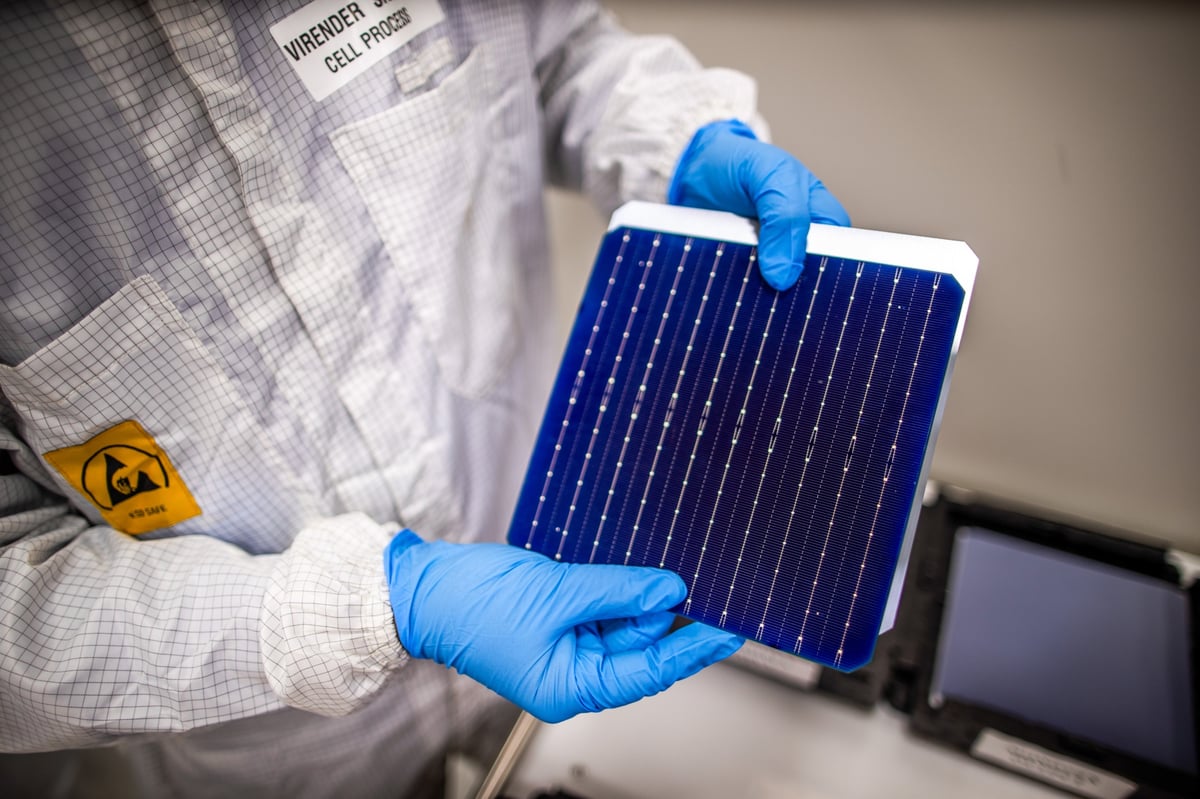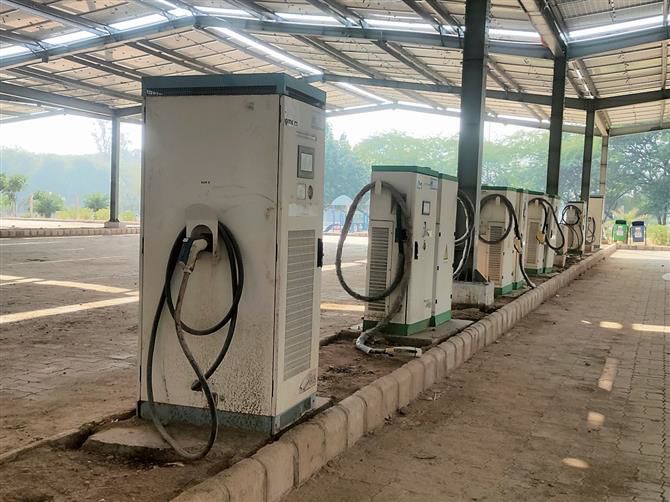India anticipates a significant rise in domestic solar cell production, aiming to cut dependence on Chinese imports. Renewable Energy Secretary Bhupinder Singh Bhalla announced that India’s solar cell-making capacity will increase five-fold to 30 gigawatts annually by March 2025.
Surge in Domestic Solar Cell Production
India’s solar energy market is poised for substantial growth with a notable increase in local solar cell production. The country’s renewable energy sector aims to reduce reliance on imported materials from China, a major supplier of solar panels. This move aligns with India’s green energy policies and efforts to bolster energy market trends.
Reducing Dependence on Imports
The increase in domestic production capacity will significantly impact the solar technology landscape in India. By ramping up solar cell output, India will strengthen its energy storage capabilities and foster a more self-sufficient solar energy market. This strategic development supports the nation’s broader goals of sustainability and renewable energy investment.
Implications for the Solar Energy Market
Bhupinder Singh Bhalla highlighted that the jump to 30 gigawatts of annual production capacity by March 2025 marks a crucial milestone. This increase will not only curb imports but also enhance India’s position in the global solar market. Consequently, this shift is expected to attract further solar energy investments and drive advancements in solar technology.
Future Prospects and Market Trends
The anticipated rise in solar cell production underscores India’s commitment to green energy policies and sustainable growth. As the country continues to invest in renewable energy, these developments will likely influence global energy market trends. India’s proactive approach serves as a model for other nations aiming to achieve energy independence and promote environmental sustainability.
By focusing on increasing domestic production, India is setting the stage for a robust and resilient solar energy market. This initiative will help the country meet its renewable energy targets while reducing dependence on foreign imports, particularly from China.
Source:bloombergquint.com





